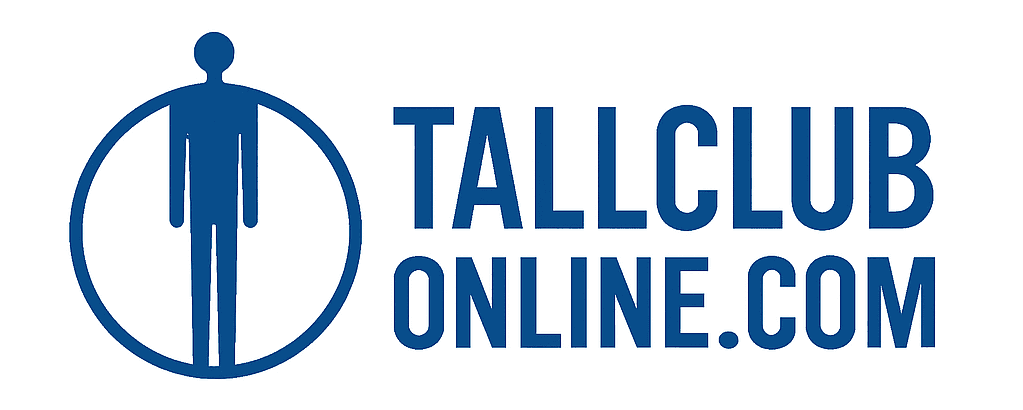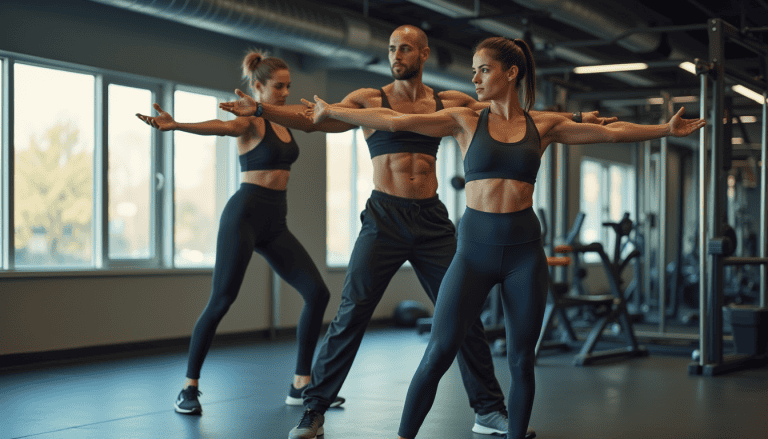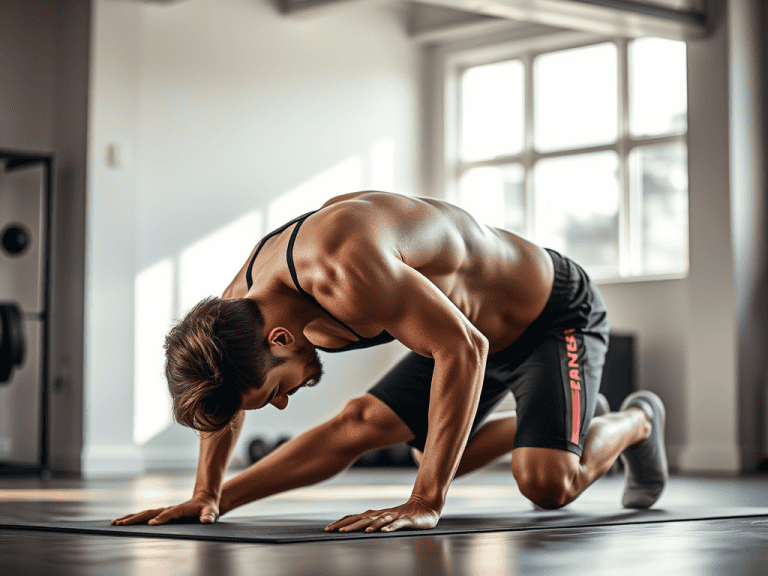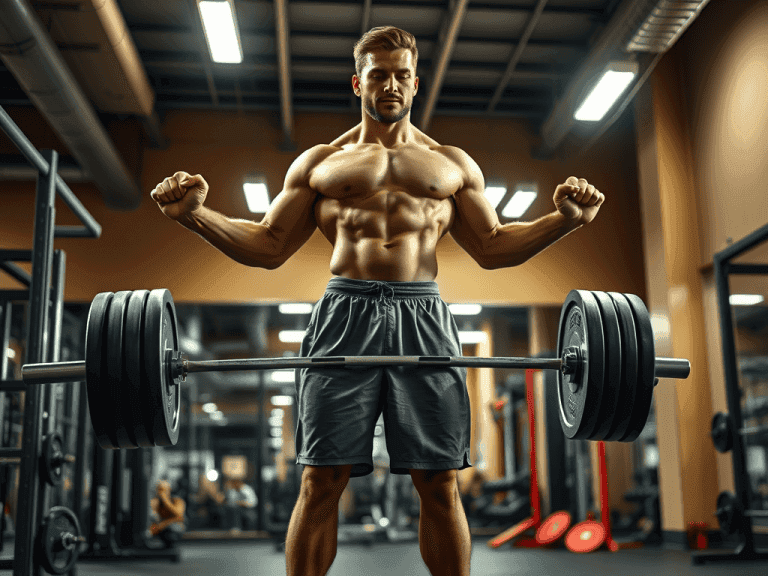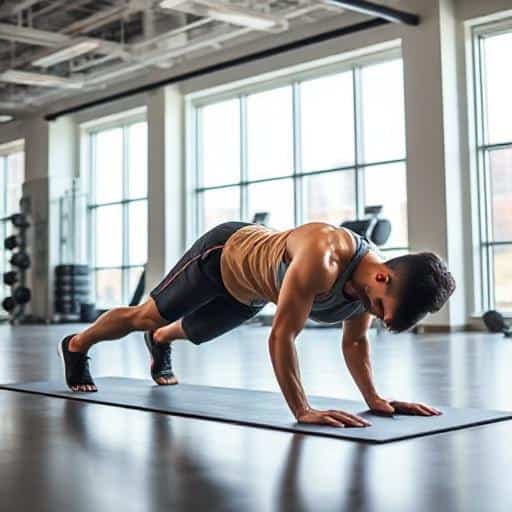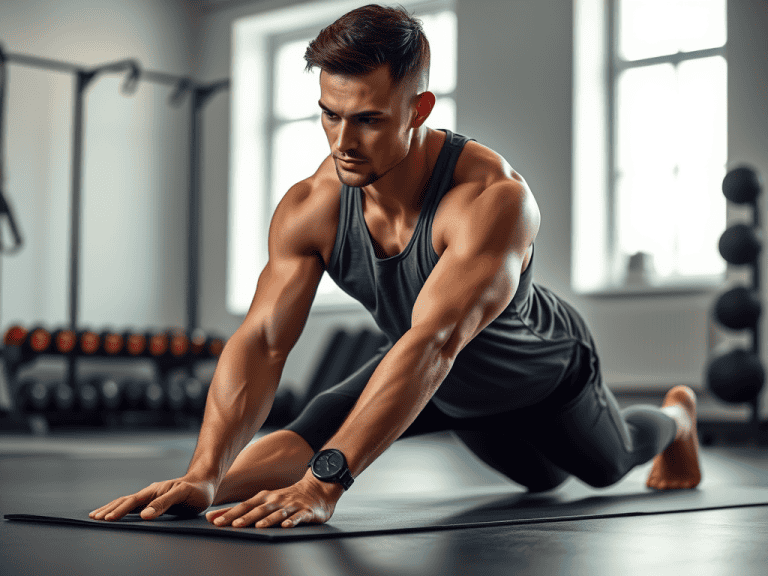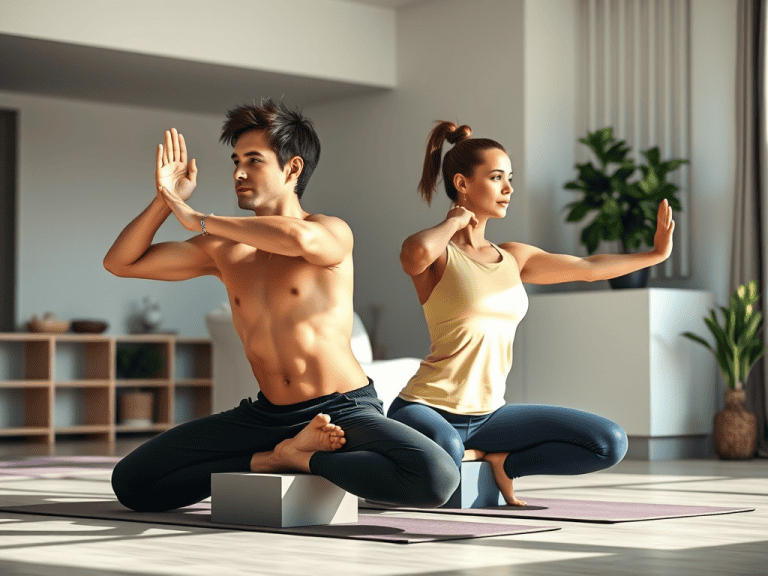Top 10 Health Challenges for Tall People – And How Fitness Can Help
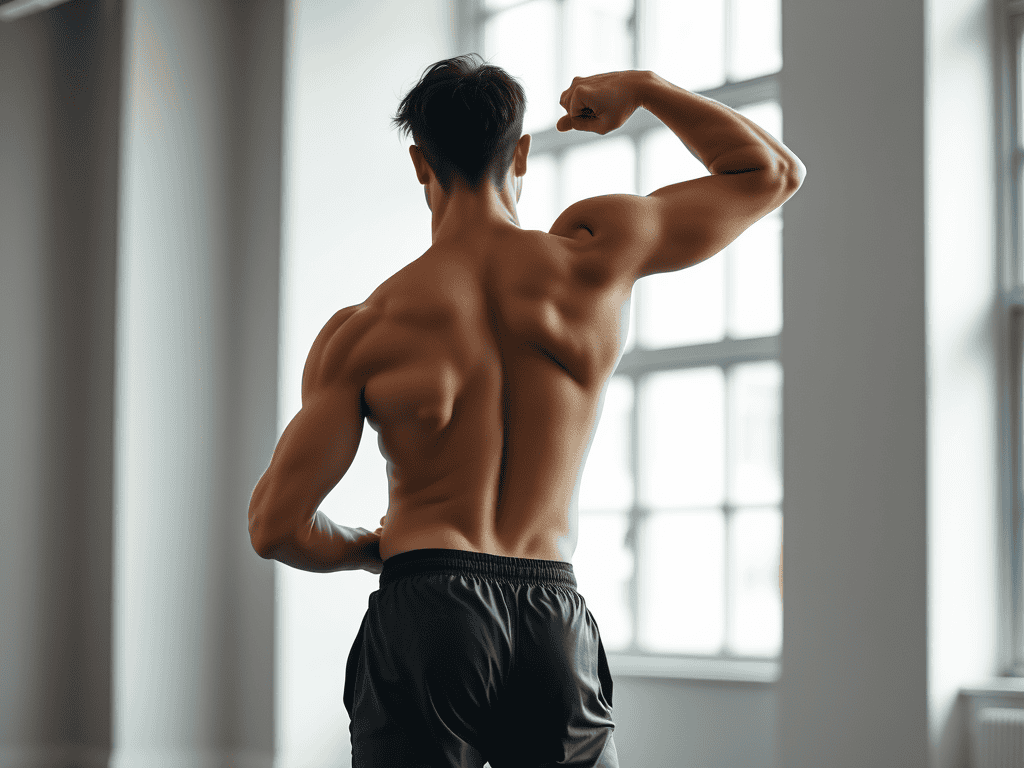
Being tall comes with many benefits, such as an advantage in certain sports, increased visibility in crowds, and a commanding presence. However, tall individuals often face a unique set of health challenges due to their height. From joint strain to posture issues, these challenges can affect overall well-being and quality of life. Fortunately, proper fitness routines and tailored exercises can help alleviate many of these issues and improve health and mobility.
In this article, we’ll explore the top 10 health challenges faced by tall people and how fitness can provide solutions to prevent or manage these issues effectively.
1. Joint Pain and Strain
Tall individuals often experience joint pain, especially in the knees, hips, and lower back. The longer limbs and greater body mass put more stress on the joints, increasing the risk of injury and pain.
How Fitness Helps:
Strengthening the muscles around the joints through targeted exercises can reduce strain and improve joint stability. Strength training, especially focusing on the legs and core, helps to support the weight of the body and alleviate pressure on the joints.
Exercises to Try:
Leg Press: A controlled movement that targets the quads, hamstrings, and glutes, strengthening the lower body without putting excessive strain on the knees.
Core Stability Exercises: Planks and Russian twists help maintain balance and posture, reducing the load on the lower back.
2. Poor Posture
Tall individuals can struggle with maintaining good posture due to the imbalance caused by longer limbs and a taller frame. This can lead to back pain and discomfort, particularly in the neck, shoulders, and lower back.
How Fitness Helps:
Strengthening the upper back and shoulders, as well as engaging in mobility exercises, can improve posture and prevent slouching. Focus on exercises that target the upper body, especially those that strengthen the back muscles.
Exercises to Try:
Rows: These target the back and shoulders, helping to maintain upright posture.
Chest Openers: Stretching the chest and front of the shoulders can help counteract the forward pull caused by slouching.
3. Back Pain
Tall individuals are particularly prone to back pain, especially in the lower back. The extra height places more stress on the spine, leading to misalignment and discomfort.
How Fitness Helps:
Building a strong core is essential to support the spine and alleviate lower back pain. Engaging in flexibility and mobility exercises can also help improve spinal alignment.
Exercises to Try:
Deadlifts: A great full-body movement that strengthens the lower back and helps improve posture.
Cat-Cow Stretch: This yoga-inspired movement improves flexibility and reduces tension in the spine.
4. Knee Pain
Knee pain is another common issue for tall individuals, especially those with larger frames. The knees bear a significant amount of weight, and with the added height, they may experience additional stress.
How Fitness Helps:
Strengthening the quadriceps and hamstrings can help support the knee joint and reduce the risk of pain or injury. Low-impact cardio exercises can also reduce strain on the knees.
Exercises to Try:
Leg Extensions: Strengthen the quadriceps and help protect the knee joint.
Cycling: A low-impact cardio option that strengthens the legs without stressing the knees.
5. Overuse Injuries
Tall athletes are particularly susceptible to overuse injuries due to the length of their limbs and the higher demands placed on their bodies. Repeated motions, such as running or jumping, can lead to overuse injuries like tendinitis.
How Fitness Helps:
Incorporating rest days and cross-training into your fitness routine can help prevent overuse injuries. It’s also important to focus on mobility and recovery exercises.
Exercises to Try:
Foam Rolling: A great way to reduce muscle tightness and improve recovery.
Swimming: A low-impact cross-training option that allows for full-body movement without overloading the muscles.
6. Tight Hips
Tall individuals may experience tight hip flexors and hip muscles due to the length of their legs and the range of motion required for walking and running.
How Fitness Helps:
Stretching and mobility exercises focused on the hip flexors can improve flexibility and reduce tension.
Exercises to Try:
Hip Flexor Stretch: A simple stretch that targets the hip flexors and improves flexibility.
Lunges: Strengthen the legs while improving hip mobility.
7. Tight Hamstrings
Long legs often result in tight hamstrings, which can affect movement and flexibility. Tight hamstrings can lead to discomfort, particularly when bending or reaching.
How Fitness Helps:
Regular stretching and strengthening of the hamstrings can improve flexibility and reduce the risk of injury.
Exercises to Try:
Hamstring Stretch: A basic stretch that targets the hamstrings and helps alleviate tightness.
Romanian Deadlifts: Strengthen the hamstrings and lower back while improving overall flexibility.
8. Reduced Agility
Tall individuals can sometimes struggle with agility, especially in sports that require quick changes in direction. The larger frame and longer limbs can make movement slower or less fluid.
How Fitness Helps:
Incorporating agility drills and lateral movement exercises into your routine can improve coordination and agility. These exercises help increase speed and balance.
Exercises to Try:
Lateral Bounds: A plyometric exercise that improves lateral quickness and agility.
Cone Drills: Set up a series of cones and practice weaving through them to improve footwork and agility.
9. Difficulty with Balance
Tall individuals may experience balance issues due to their height and longer limbs. Maintaining stability during dynamic movements can sometimes be more challenging.
How Fitness Helps:
Core strengthening exercises and balance drills can improve stability and coordination.
Exercises to Try:
Single-Leg Deadlifts: A balance-focused exercise that also targets the hamstrings and lower back.
Balance Board Exercises: Improve overall balance by incorporating dynamic movements.
10. Overextension in Sports
Tall athletes may be at risk of overextending during sports movements, such as jumping or reaching. Overextending can lead to sprains, strains, or other injuries.
How Fitness Helps:
Strengthening the muscles around the joints and improving flexibility can reduce the risk of overextension injuries.
Exercises to Try:
Box Jumps: Build explosive power while focusing on controlled landings.
Dynamic Stretching: A warm-up routine that includes dynamic movements, such as leg swings, to increase flexibility and reduce overextension risk.
Key Takeaways
Joint pain and strain can be reduced through strength training, particularly in the legs and core, to support the joints.
Posture issues can be improved with upper back and shoulder exercises that counteract slouching.
Back pain can be alleviated by focusing on core strength and spinal mobility.
Knee pain can be mitigated through leg strengthening exercises and low-impact cardio activities.
Overuse injuries can be prevented by incorporating rest days, foam rolling, and cross-training.
Hip and hamstring tightness can be addressed through targeted stretching and strengthening exercises.
Agility and balance can be improved with specific drills and exercises that focus on coordination and stability.
FAQ: Health Challenges for Tall People
Q1: What can I do to reduce joint pain as a tall person?
Focus on strengthening the muscles around your joints through exercises like squats, deadlifts, and core work. This will provide better support and reduce strain on your joints.
Q2: How can I improve my posture as a tall person?
Incorporate exercises like rows and chest openers to strengthen the upper back and counteract slouching. Stretching the chest and shoulders can also help.
Q3: Is cycling a good exercise for tall people?
Yes, cycling is a low-impact cardio option that strengthens the legs and improves cardiovascular fitness without putting excessive strain on the knees and hips.
Q4: How can I improve my balance as a tall person?
Incorporate balance exercises like single-leg deadlifts and use a balance board to improve coordination and stability.
